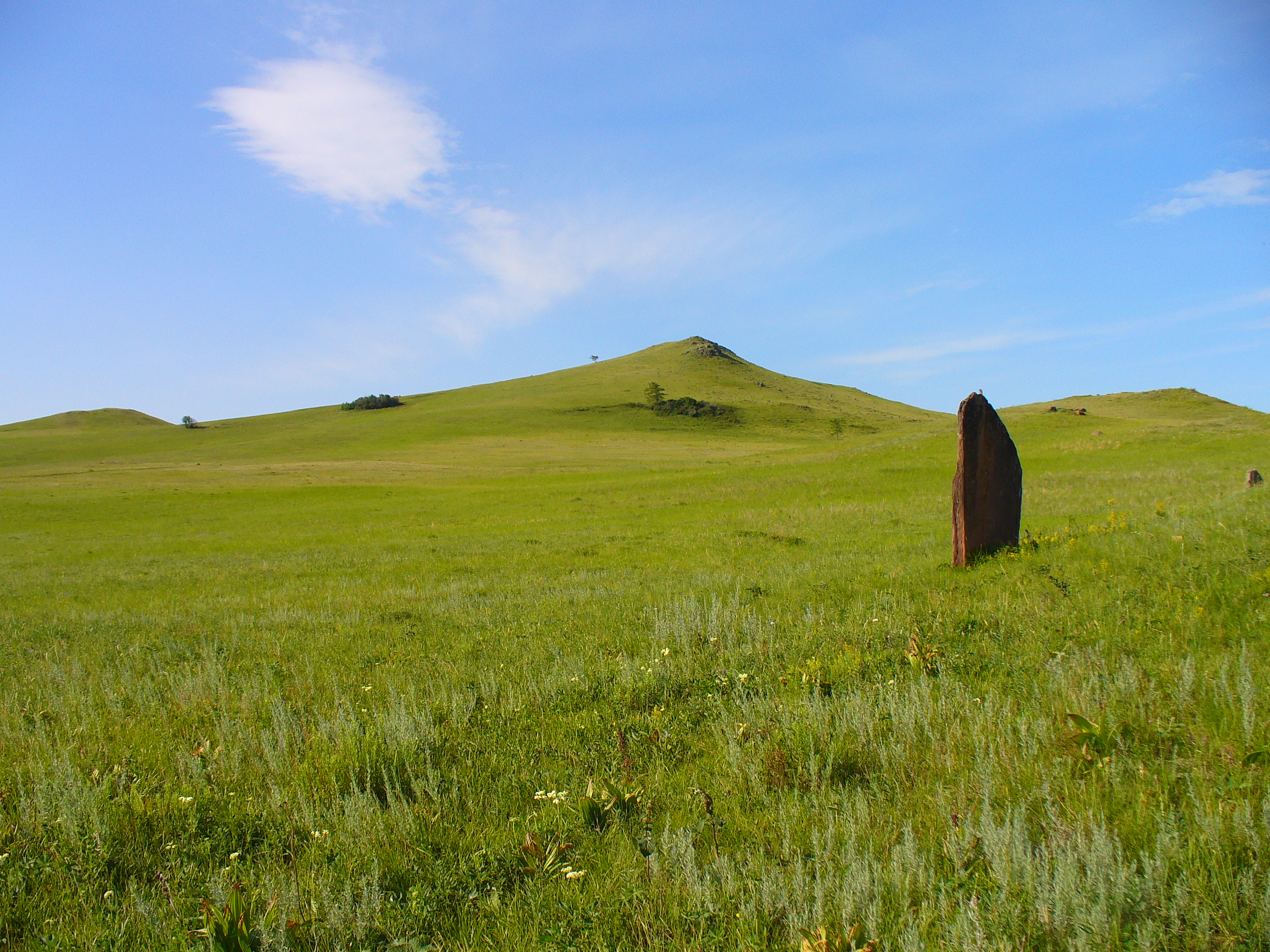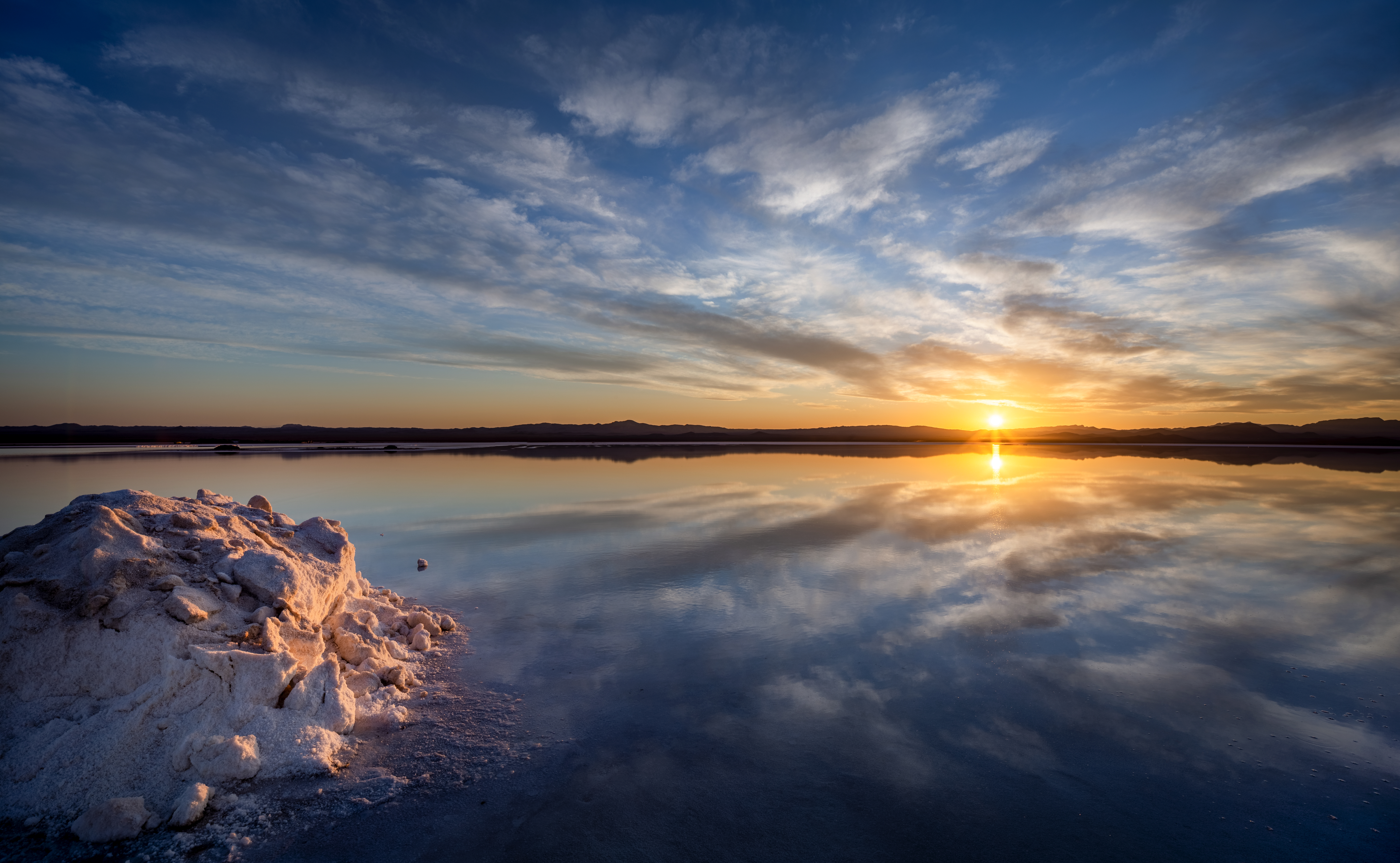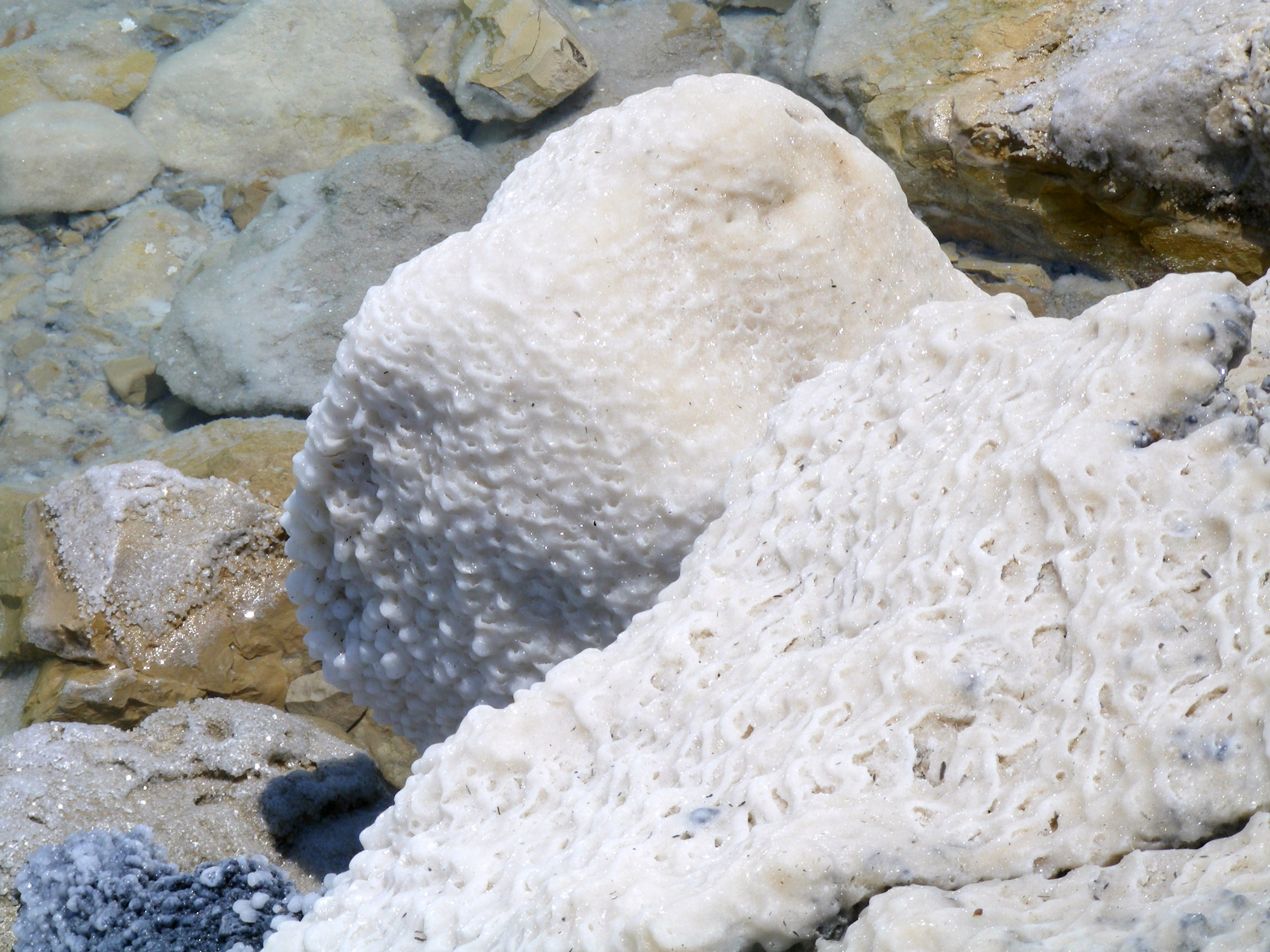|
Lake Shunet
Lake Shunet is a meromictic lake near the ''village#Russia, selo'' of Shira, Russia, Shira in the Republic of Khakassia, Russia. It belongs to the Shirin group of lakes. It is located 7 km south of the Lake Shira, in a deep basin, at around 390 m above sea level. The Mineralization (geology), mineralization of the lake is of about 15 grams. There is sulfate-chloride and sodium-magnesium in its composition, very similar to the Shirin moisture. The composition of both only differs in the percentage of Ion#Anions and cations, anions and cations. In the early stages of development, the lake was considered as a source of salt. There is mineral water and peloid present. The peloid was found at the end of the 19th century. In the 20th century, the peloid was largely expended by the visitors, what has caused that at present the thickness of the peloid layer is of about a meter. On the shores of the lake are growing saltworts. In winter, the lake does not freeze. References Meromic ... [...More Info...] [...Related Items...] OR: [Wikipedia] [Google] [Baidu] |
Shirinsky District
Shirinsky District (russian: Шири́нский райо́н; Khakas: , ''Sıra aymağı'') is an administrativeLaw #20 and municipalLaw #63 district (raion), one of the eight in the Republic of Khakassia, Russia. It is located in the north of the republic. The area of the district is . Its administrative center is the rural locality In general, a rural area or a countryside is a geographic area that is located outside towns and cities. Typical rural areas have a low population density and small settlements. Agricultural areas and areas with forestry typically are describ ... (a '' selo'') of Shira. Population: The population of Shira accounts for 32.2% of the district's total population. References Notes Sources * * {{Use mdy dates, date=January 2013 Districts of Khakassia ... [...More Info...] [...Related Items...] OR: [Wikipedia] [Google] [Baidu] |
Republic Of Khakassia
Khakassia (russian: Хакасия; kjh, Хакасия, Хакас Чирі, ''Khakasiya'', ''Khakas Çiri''), officially the Republic of Khakassia (russian: Республика Хакасия, r=Respublika Khakasiya, ; kjh, Хакас Республиказы, tr. ''Khakas Respublikazy''), is a federal subject (a republic) of Russia. Its capital city is Abakan, which is also the largest city in the republic. As of the 2010 Census, the republic's population was 532,403. Geography The republic is located in the southwestern part of Eastern Siberia and borders Krasnoyarsk Krai in the north and east, the Tuva Republic in the southeast and south, the Altai Republic in the south and southwest, and Kemerovo Oblast in the west and northwest. It stretches for from north to south and for from east to west. Mountains (eastern slopes of Kuznetsk Alatau and the Abakan Range) cover two-thirds of the republic's territory and serve as the natural boundaries of the republic. The hi ... [...More Info...] [...Related Items...] OR: [Wikipedia] [Google] [Baidu] |
Meromictic
A meromictic lake is a lake which has layers of water that do not intermix. In ordinary, holomictic lakes, at least once each year, there is a physical mixing of the surface and the deep waters. The term ''meromictic'' was coined by the Austrian Ingo Findenegg in 1935, apparently based on the older word ''holomictic''. The concepts and terminology used in describing meromictic lakes were essentially complete following some additions by G. Evelyn Hutchinson in 1937. Characteristics Most lakes are ''holomictic''; that is, at least once per year, physical mixing occurs between the surface and the deep waters. In so-called monomictic lakes, the mixing occurs once per year; in dimictic lakes, the mixing occurs twice a year (typically spring and autumn), and in polymictic lakes, the mixing occurs several times a year. In meromictic lakes, however, the layers of the lake water can remain unmixed for years, decades, or centuries. Meromictic lakes can usually be divided into thr ... [...More Info...] [...Related Items...] OR: [Wikipedia] [Google] [Baidu] |
Saline Lake
A salt lake or saline lake is a landlocked body of water that has a concentration of salts (typically sodium chloride) and other dissolved minerals significantly higher than most lakes (often defined as at least three grams of salt per litre). In some cases, salt lakes have a higher concentration of salt than sea water; such lakes can also be termed hypersaline lakes, and may also be pink lakes on account of their colour. An alkalic salt lake that has a high content of carbonate is sometimes termed a soda lake. One saline lake classification differentiates between: *subsaline: 0.5–3 ‰ (0.05-0.3%) *hyposaline: 3–20‰ (0.3-2%) *mesosaline: 20–50‰ (2-5%) *hypersaline: greater than 50‰ (5%) Properties Salt lakes form when the water flowing into the lake, containing salt or minerals, cannot leave because the lake is endorheic (terminal). The water then evaporates, leaving behind any dissolved salts and thus increasing its salinity, making a salt lake an excellent plac ... [...More Info...] [...Related Items...] OR: [Wikipedia] [Google] [Baidu] |
Lake
A lake is an area filled with water, localized in a basin, surrounded by land, and distinct from any river or other outlet that serves to feed or drain the lake. Lakes lie on land and are not part of the ocean, although, like the much larger oceans, they do form part of the Earth's water cycle. Lakes are distinct from lagoons, which are generally coastal parts of the ocean. Lakes are typically larger and deeper than ponds, which also lie on land, though there are no official or scientific definitions. Lakes can be contrasted with rivers or streams, which usually flow in a channel on land. Most lakes are fed and drained by rivers and streams. Natural lakes are generally found in mountainous areas, rift zones, and areas with ongoing glaciation. Other lakes are found in endorheic basins or along the courses of mature rivers, where a river channel has widened into a basin. Some parts of the world have many lakes formed by the chaotic drainage patterns left over from the ... [...More Info...] [...Related Items...] OR: [Wikipedia] [Google] [Baidu] |
Village
A village is a clustered human settlement or community, larger than a hamlet but smaller than a town (although the word is often used to describe both hamlets and smaller towns), with a population typically ranging from a few hundred to a few thousand. Though villages are often located in rural areas, the term urban village is also applied to certain urban neighborhoods. Villages are normally permanent, with fixed dwellings; however, transient villages can occur. Further, the dwellings of a village are fairly close to one another, not scattered broadly over the landscape, as a dispersed settlement. In the past, villages were a usual form of community for societies that practice subsistence agriculture, and also for some non-agricultural societies. In Great Britain, a hamlet earned the right to be called a village when it built a church. [...More Info...] [...Related Items...] OR: [Wikipedia] [Google] [Baidu] |
Shira, Russia
Shira (russian: Шира; Khakas: Сыра, ''Sıra'') is a rural locality (a selo) and the administrative center of Shirinsky District of the Republic of Khakassia, Russia. Population: References Notes Sources * * {{Authority control Rural localities in Khakassia ... [...More Info...] [...Related Items...] OR: [Wikipedia] [Google] [Baidu] |
Russia
Russia (, , ), or the Russian Federation, is a transcontinental country spanning Eastern Europe and Northern Asia. It is the largest country in the world, with its internationally recognised territory covering , and encompassing one-eighth of Earth's inhabitable landmass. Russia extends across eleven time zones and shares land boundaries with fourteen countries, more than any other country but China. It is the world's ninth-most populous country and Europe's most populous country, with a population of 146 million people. The country's capital and largest city is Moscow, the largest city entirely within Europe. Saint Petersburg is Russia's cultural centre and second-largest city. Other major urban areas include Novosibirsk, Yekaterinburg, Nizhny Novgorod, and Kazan. The East Slavs emerged as a recognisable group in Europe between the 3rd and 8th centuries CE. Kievan Rus' arose as a state in the 9th century, and in 988, it adopted Orthodox Christianity from the ... [...More Info...] [...Related Items...] OR: [Wikipedia] [Google] [Baidu] |
Lake Shira
Lake Shira is a meromictic lake (the water layers do not mix), located in the Republic of Khakassia, Russia. The lake covers an area of in a steppe landscape in the Minusinsk Hollow. Height above sea level , a relatively flat intermountain area 160 km northwest of the city of Abakan. The village for which it is named, Shira, is to the west. The southern and western shores feature beaches popular for local recreation (the bottom is sandy), and spas that take advantage of the mineral water. Lake Shira is a salt lake with a high magnesium content. It has one small river providing inflow, but no outflow, although geographically the lake is in the Yenisei River basin. The northern shore is protected by the Khakasski Nature Reserve. Etymology russian: Oзеро Шира, lit=Lake Shira, translit=Ozero Shira, in the old transcription Lake Shiro, Korzukhin I.A. defines the meaning in Russian "iron lake", according to ButanaevButanaev V. Ya. Syra köl // Toponymic Dictionary of ... [...More Info...] [...Related Items...] OR: [Wikipedia] [Google] [Baidu] |
Mineralization (geology)
In geology, mineralization is the deposition of economically important metals in the formation of ore bodies or " lodes" by various process. The first scientific studies of this process took place in the English county of Cornwall by J.W.Henwood FRS and later by R.W. Fox, FRS.Embrey, P. G. and Symes, R. F. ''Minerals of Cornwall and Devon'', London, British Museum of Natural History, 1987. hardback, 0-565-00989-3 paperback. page 14, and bibliography Fox: 135, Henwood: 137/8 The term can also refer to the process by which waterborne minerals, such as calcium carbonate (calcite), iron oxide (hematite or limonite) or silica (quartz), replace organic material Organic matter, organic material, or natural organic matter refers to the large source of carbon-based compounds found within natural and engineered, terrestrial, and aquatic environments. It is matter composed of organic compounds that have c ... within the body of an organism that has died and was buried by sediment ... [...More Info...] [...Related Items...] OR: [Wikipedia] [Google] [Baidu] |
Salt
Salt is a mineral composed primarily of sodium chloride (NaCl), a chemical compound belonging to the larger class of salts; salt in the form of a natural crystalline mineral is known as rock salt or halite. Salt is present in vast quantities in seawater. The open ocean has about of solids per liter of sea water, a salinity of 3.5%. Salt is essential for life in general, and saltiness is one of the basic human tastes. Salt is one of the oldest and most ubiquitous food seasonings, and is known to uniformly improve the taste perception of food, including otherwise unpalatable food. Salting, brining, and pickling are also ancient and important methods of food preservation. Some of the earliest evidence of salt processing dates to around 6,000 BC, when people living in the area of present-day Romania boiled spring water to extract salts; a salt-works in China dates to approximately the same period. Salt was also prized by the ancient Hebrews, Greeks, Romans, Byza ... [...More Info...] [...Related Items...] OR: [Wikipedia] [Google] [Baidu] |
Mineral Water
Mineral water is water from a mineral spring that contains various minerals, such as salts and sulfur compounds. Mineral water may usually be still or sparkling (carbonated/effervescent) according to the presence or absence of added gases. Traditionally, mineral waters were used or consumed at their spring sources, often referred to as "taking the waters" or "taking the cure", at places such as spas, baths, or wells. The term ''spa'' was used for a place where the water was consumed and bathed in; ''bath'' where the water was used primarily for bathing, therapeutics, or recreation; and ''well'' where the water was to be consumed. Today, it is far more common for mineral water to be bottled at the source for distributed consumption. Travelling to the mineral water site for direct access to the water is now uncommon, and in many cases not possible because of exclusive commercial ownership rights. There are more than 4,000 brands of mineral water commercially available worldwide ... [...More Info...] [...Related Items...] OR: [Wikipedia] [Google] [Baidu] |







